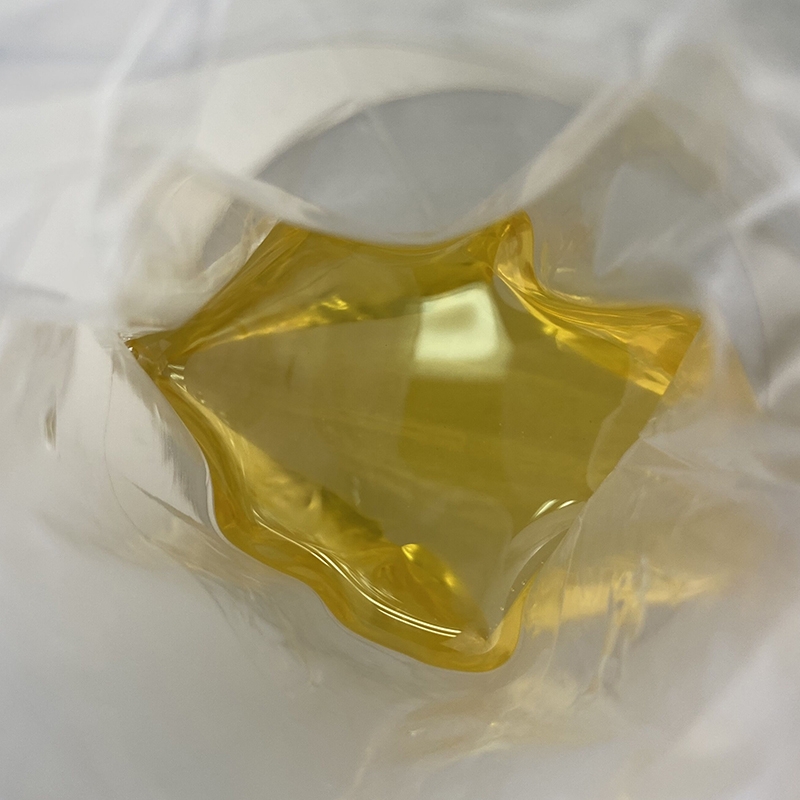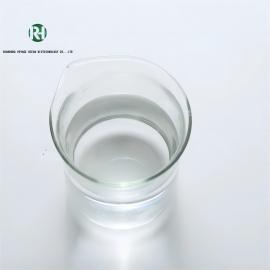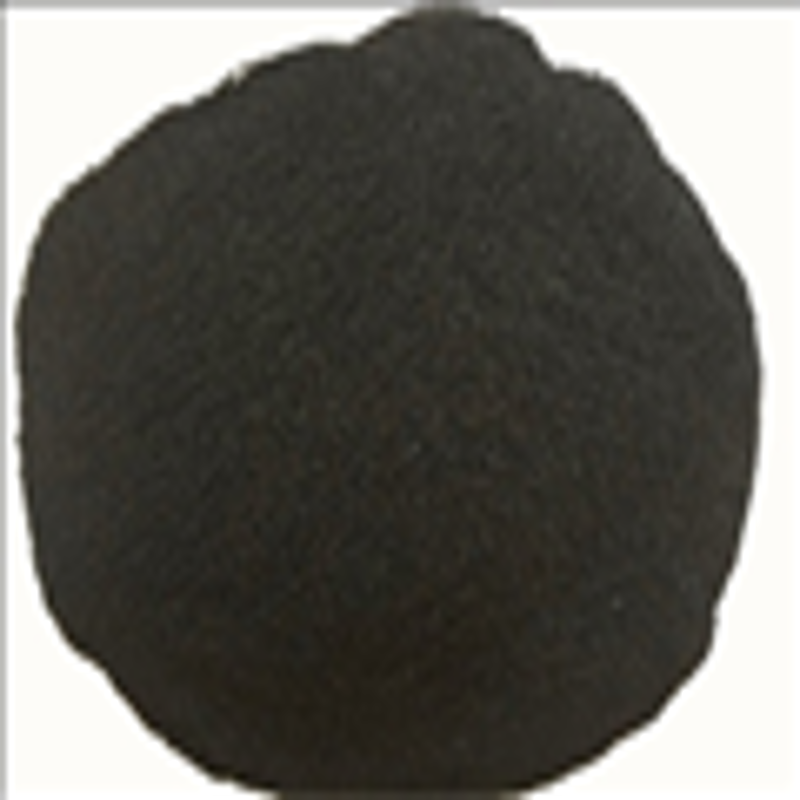-
Categories
-
Pharmaceutical Intermediates
-
Active Pharmaceutical Ingredients
-
Food Additives
- Industrial Coatings
- Agrochemicals
- Dyes and Pigments
- Surfactant
- Flavors and Fragrances
- Chemical Reagents
- Catalyst and Auxiliary
- Natural Products
- Inorganic Chemistry
-
Organic Chemistry
-
Biochemical Engineering
- Analytical Chemistry
- Cosmetic Ingredient
-
Pharmaceutical Intermediates
Promotion
ECHEMI Mall
Wholesale
Weekly Price
Exhibition
News
-
Trade Service
Food safety has attracted much attention under the normalization of the epidemic, but various rumors related to food safety have occurred from time to time, causing consumers "anxiety on the tip of the tongue"
Myth 1: Garlic can kill the new crown pneumonia virus
The truth: Garlic has bactericidal and bacteriostatic effects, but garlic cannot be equated with drugs
Myth 2: "0 sucrose" means "sugar-free"
The truth: "0 sucrose" means that no sucrose is added in the food processing process, which does not mean that there is no glucose, maltose, fructose, etc.
Myth 3: Long-term drinking of milk causes breast cancer
Fact: According to the World Cancer Research Association report on breast cancer, there is no consensus on the relationship between drinking milk and cancer
Myth 4: Eating out-of-season fruits leads to precocious puberty
The truth: Whether it is in-season fruit or out-of-season fruit, the fruit grown, preserved and sold according to the specifications can be eaten with confidence
Myth 5: Frozen balls are made of inferior materials and have many food additives, so it is best not to eat them
Fact: The quick-freezing process is a physical means of maintaining food quality at low temperature, which can preserve the flavor and nutrition of the meatballs to the greatest extent
Myth 6: Drinking milk tea often will lead to diabetes
The truth: There are many and complex causes of diabetes, and there is currently no evidence that drinking milk tea regularly can directly lead to diabetes
Myth 7: The rainbow colors appear after the beef is cut, indicating that there are bacteria breeding
Fact: The rainbow color of beef after cutting is due to the fact that when cutting beef, its muscle fibers produce a series of small steps, and the interference of light occurs when light is illuminated, which has nothing to do with bacteria
Myth 8: Houttuynia cordata contains aristolochic acid, which can damage the kidneys and even cause cancer
Fact: Houttuynia cordata does not contain aristolochic acid, and there have been no reports of Houttuynia cordata causing kidney disease, nor is there sufficient evidence that this substance can damage the kidneys
Myth 9: The little black spots on cabbage are bug eggs
The truth: The so-called small black spots are common diseases of Chinese cabbage - sesame spot disease, not insect eggs, and are harmless to the human body
Myth 10: Pressed cooking oil is better than leached cooking oil
The truth: Pressing and leaching are two different oil production processes.







